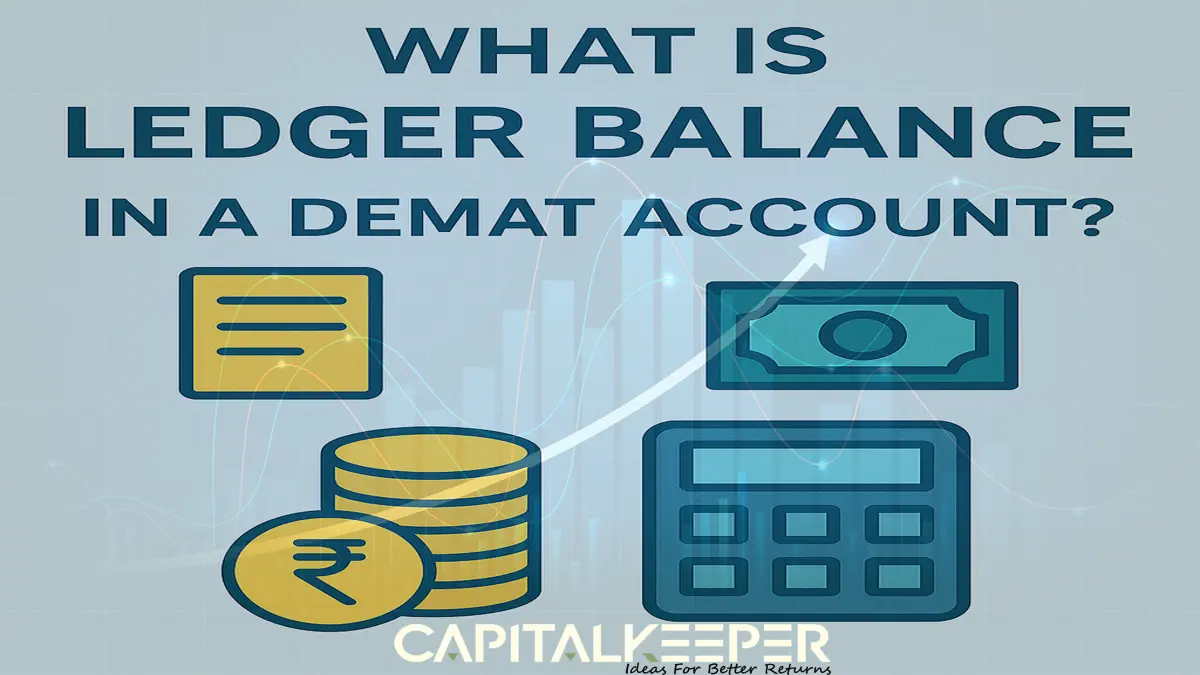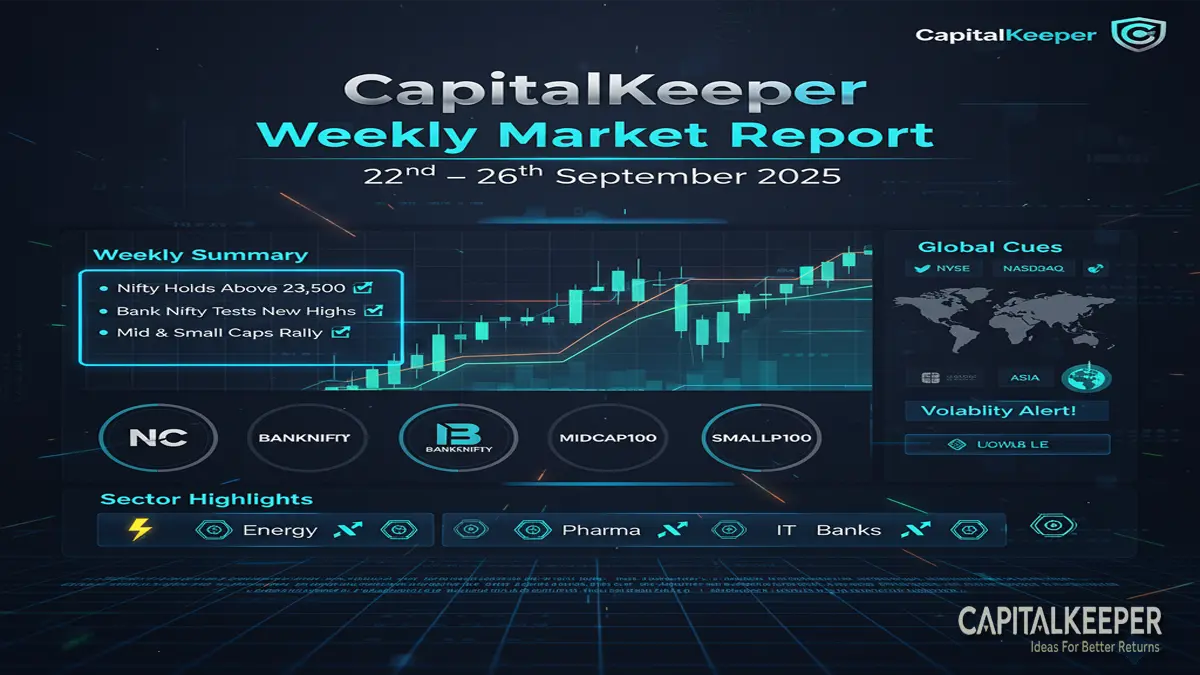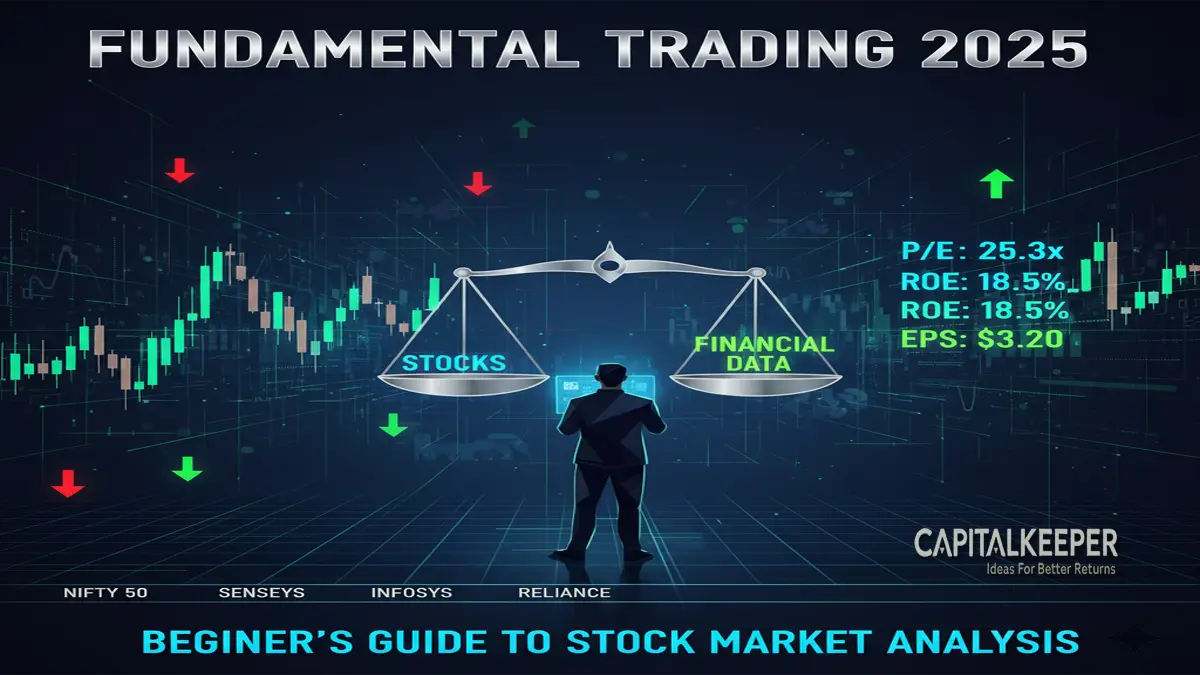How to Trade Market Open and Close: Strategies for Capturing Volatility
By CapitalKeeper | Beginner’s Guide | Indian Sock Market | Market Moves That Matter I 29th June 2025
In intraday trading, timing is everything. The most explosive moves both profitable and risky happen during the first 15–30 minutes after the market opens, and the last hour of the session. These time slots bring volume, volatility, and trader emotion a perfect recipe for high-risk, high-reward trades.
This guide dives deep into how to approach market open and close, what patterns to watch for, and how to control risk while chasing opportunity.
🕘 1. Why the Market Open Is So Volatile
The opening bell (9:15 AM IST) is when all overnight global cues, FII activity, and gap-up/gap-down emotions explode into action.
Key Contributors to Volatility:
- Overnight US market and SGX Nifty influence
- Pre-market gap adjustments
- Index rebalancing or news triggers
- FII/DII positioning
- Option gamma effect on expiry days
⚙️ Strategies for Trading Market Open
✅ Strategy 1: ORB (Opening Range Breakout)
- Define 15-min high & low (9:15 to 9:30 AM)
- Trade breakout above high or breakdown below low
- Works best on trending days or major news flow
📌 Nifty forms 15-min range: 24,850–24,930
If price breaks 24,930 on volume: Go long with SL below 24,900
✅ Strategy 2: Gap Fading Strategy
- If stock/index gaps up/down outside previous day’s range, expect mean reversion
- Short near gap resistance (if up) / long near support (if down)
⚠️ Avoid this strategy in strong trend continuation gaps
✅ Strategy 3: Pre-market VWAP Bounce
- After 9:30 AM, wait for pullback toward VWAP
- Buy/sell based on whether price respects VWAP on high volume
Works well on Nifty, Bank Nifty, Reliance, ICICI Bank, and HDFC twins
📌 Pro Tips for Market Open Trading:
- Use smaller position sizes during first 15 minutes
- Avoid chasing large candles blindly
- Confirm breakouts with volume
- Use fixed stop-losses — don’t widen just because “it’ll bounce”
🕓 2. Why Market Close Is Volatile Too
The final hour (2:30 PM to 3:30 PM) is often referred to as the “Smart Money Hour.” This is when:
- Institutions rebalance positions
- Option writers cover or hedge
- Traders adjust for overnight risk
- Day traders square-off en masse
⚙️ Strategies for Trading Market Close
✅ Strategy 1: Closing Range Breakdown
- From 2:30 to 3:00 PM, identify consolidation
- Enter breakout/breakdown in last 30 minutes (Post 3 PM)
Best for expiry days and index-based trades
✅ Strategy 2: Option Chain Analysis + Delta Move
- Monitor sudden OI unwinding or buildup in ATM/ITM options
- Combine with price action for last-hour directional trades
- Works well on Thursday expiries and monthly closes
✅ Strategy 3: News-based or Result Drift
- Stocks that react to news/events mid-day often pick momentum in last hour
- Volume + breakout near 3 PM = momentum till close
📊 Real Example: Nifty & Bank Nifty (Live Scenario)
- Date: 20th June 2025
- Nifty open: Gap-up 24,900
- ORB breakout: Breaks 24,950 at 9:35 AM with 1M volume spike → rallied to 25,120
- Bank Nifty close: Broke 56,200 around 3:10 PM, heavy call writing at 56,500 CE seen unwinding → fell to 55,960 in 15 minutes
📉 Risks of Trading Open and Close
| Timing | Risks |
|---|---|
| Market Open | Whipsaws, emotional entries, illiquidity in options |
| Market Close | News impact, FII flows, sudden reversals |
🛑 Don’t trade both open and close on same day unless you’re highly experienced.
🧠 Golden Rules to Follow
- Pre-plan your levels before 9:15 AM
- Stick to 1–2 setups per session
- Use OCO orders or fixed SL/TP
- Don’t trade the open if you don’t have clarity
- Review volume + price — not just candle shape
📌 Conclusion: Timing the Edge
Both market open and closing hour provide high-probability setups, but only if executed with discipline, preparation, and risk control.
🎯 Smart traders:
- Plan before the bell rings
- Let the first 15 minutes settle
- Observe price structure & volume
- Enter with purpose, exit with discipline
📌 For more real-time updates, trade setups, and investment insights — follow us on [Telegram] and subscribe to our newsletter!

📌 Disclaimer
The content provided on CapitalKeeper.in is for informational and educational purposes only and does not constitute investment, trading, or financial advice. While we strive to present accurate and up-to-date market data and analysis, we make no warranties or representations regarding the completeness, reliability, or accuracy of the information.
Stock market investments are subject to market risks, and readers/investors are advised to conduct their own due diligence or consult a SEBI-registered financial advisor before making any investment decisions. CapitalKeeper and its authors are not liable for any loss or damage, direct or indirect, arising from the use of this information.
All views and opinions expressed are personal and do not reflect the official policy or position of any agency or organization. Past performance is not indicative of future results.
By using this website, you agree to the terms of this disclaimer.
















Leave a Reply